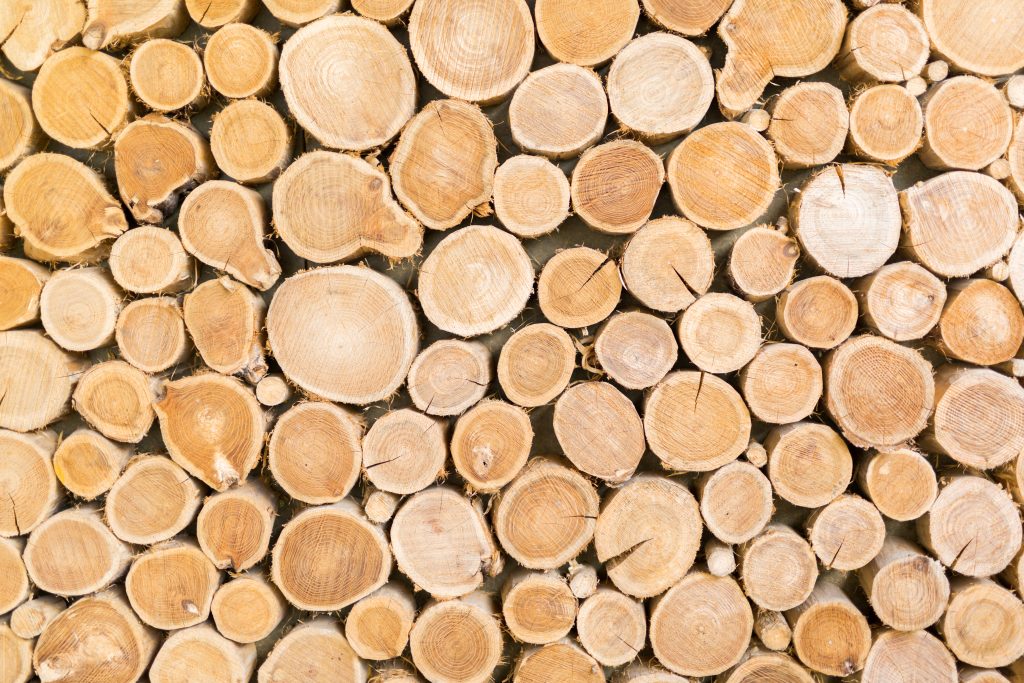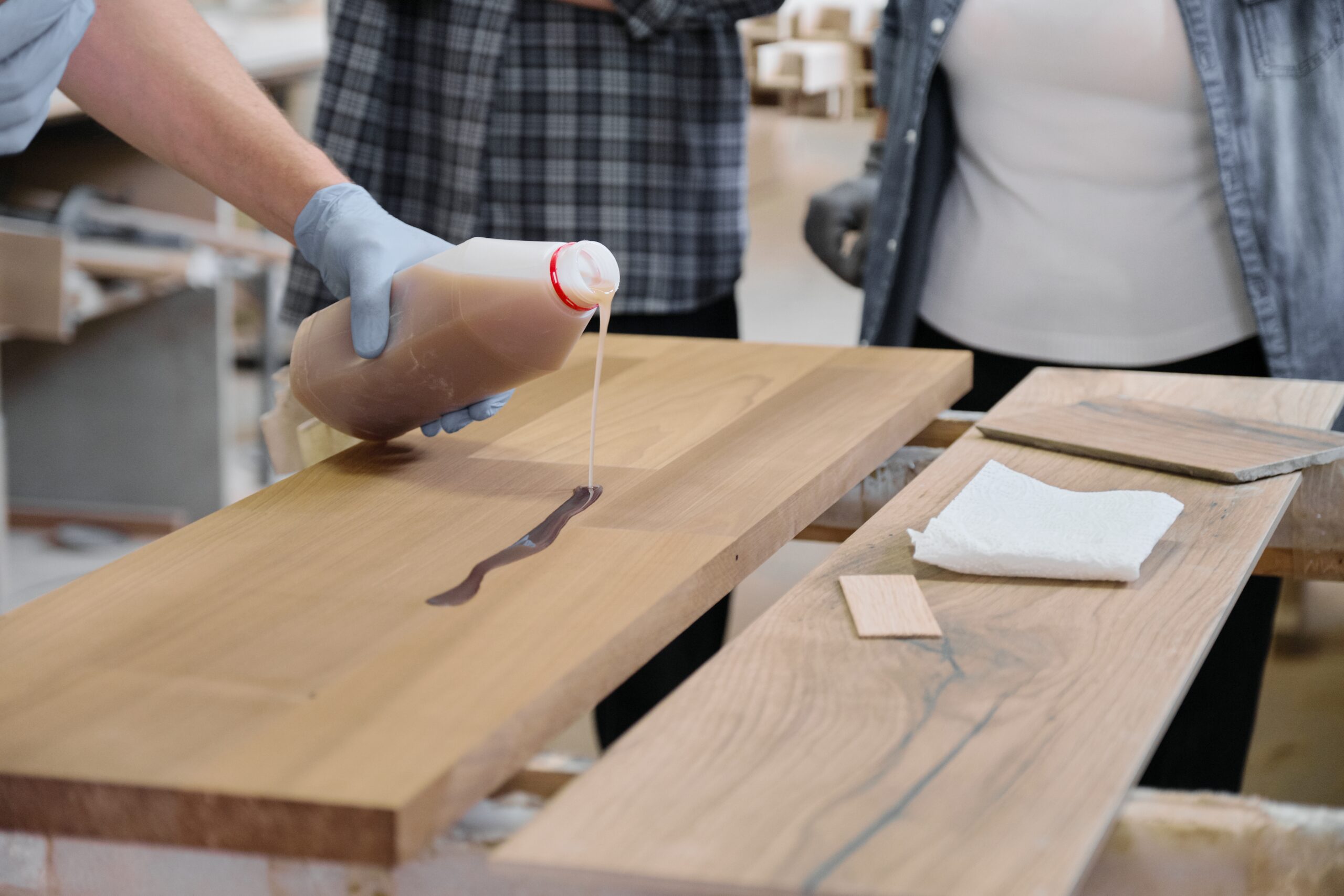
Amish Furniture Finishes: Enhancing Beauty and Durability
There is a reason Amish woodworking traditions continue to withstand the test of time. From the carefully selected materials to the close attention to detail, each handmade piece of Amish furniture showcases a quality like no other. Upon completed construction, Amish woodworkers perfect each piece by employing very specific furniture finishing techniques. These techniques enhance the beauty of their craftsmanship, bring out the natural beauty of the wood, and add to the durability of each piece.
In this article, we’ll discuss how selecting the right wood, furniture surface treatment, furniture finishing techniques and maintenance all come together in the artistry of Amish furniture making.
Are traditional finishing methods still employed by Amish craftsmen?

The meticulous craftsmanship of Amish furniture making involves great skill and time-honored traditions that have been passed down through the generations. Traditional finishing methods are no exception, as this step plays an integral role in both enhancing and adding to the life of each piece. Finishing is not only the final step in the process, but can also be considered one of the most important. From choosing the best hardwoods and ensuring each is perfectly seasoned to hand-finishing with natural products to bring out the beauty of the wood, Amish craftsmen have perfected a craft that cannot be completed by large, mass producing furniture companies.
How do Amish artisans achieve stunning stained finishes on their furniture?
Many factors come into play in order to achieve the stunning stained finishes you see on Amish furniture. Amish craftsmen begin by selecting from a variety of American hardwoods such as walnut, oak, maple, and cherry, each having a distinct color and unique grain patterns that can be enhanced during the final stages. Once constructed, furniture surface treatment is the next important step in finalizing and personalizing each piece.
The wood is sanded to remove any imperfections, creating a smooth and even surface to ready the piece for the next step, staining. Staining involves changing the overall color of the wood, typically to a darker tone than it is naturally found. Even though shade can be affected by both the wood selection as well as how it is milled, customers can choose from both natural wood tones and colored stains that are available. Although not as common, bleaching is also done to lighten the tone of the wood, A mixture of pigment and mineral spirits, oil-based stains are most commonly used in Amish furniture making. Stains are then rubbed into the wood until the desired tone is reached. Stain can also be applied to the outer edges of the piece during this phase as an added decorative touch and create a worn, antique look.
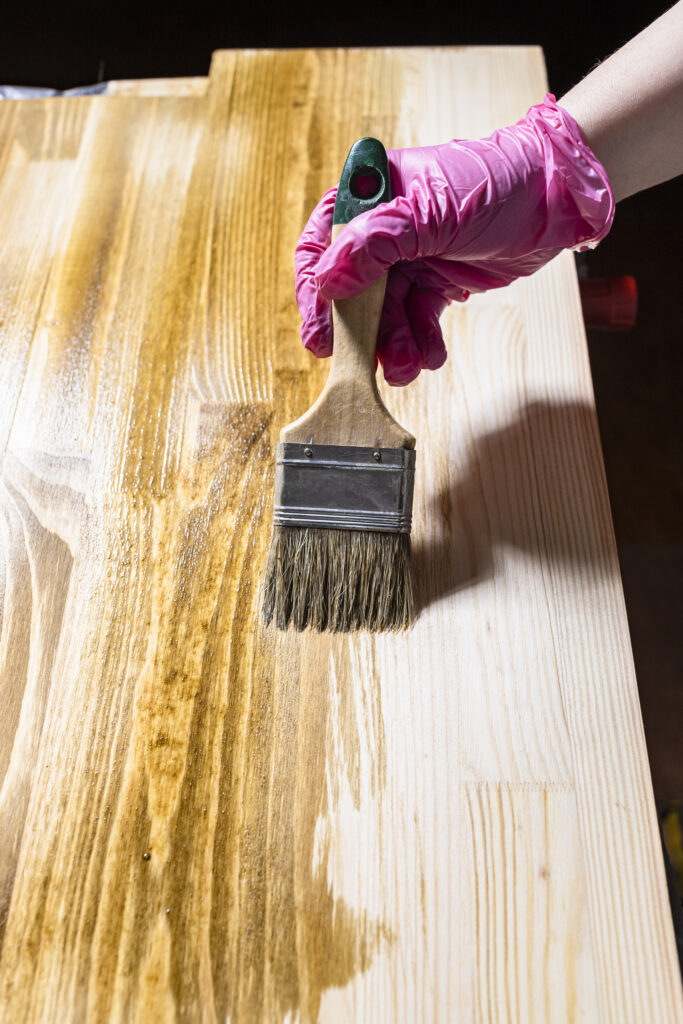
How do furniture finishes enhance the beauty of Amish creations?
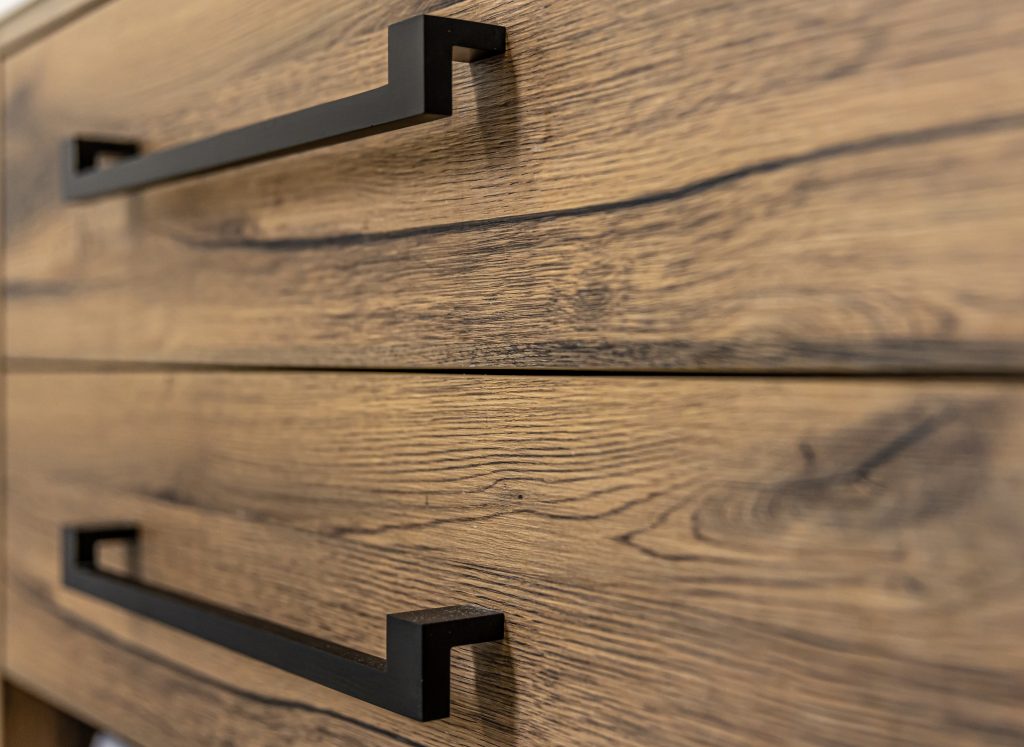
One of the most important steps in enhancing furniture beauty involves selecting quality, long-lasting furniture finishes for each piece. Finishes not only add shine and durability to a piece, they also bring both water and environmental resistance, making the piece easier to clean and maintain. Finishes intensify the beauty in the stained wood, showcasing both the craftsmanship and design.
What are the most popular finishes used in Amish furniture?
Adding a protective coat to the wood, or finishing, is the final stage in making Amish furniture. Not only does the finish bring out the natural grain and enhance any applied stain, it also adds to the durability of the piece, preventing moisture, oils, and other environmental elements from causing damage to the piece. There are a variety of finishes available, each with its own benefits and added beauty. Here are the most popular finishes used in Amish furniture making:
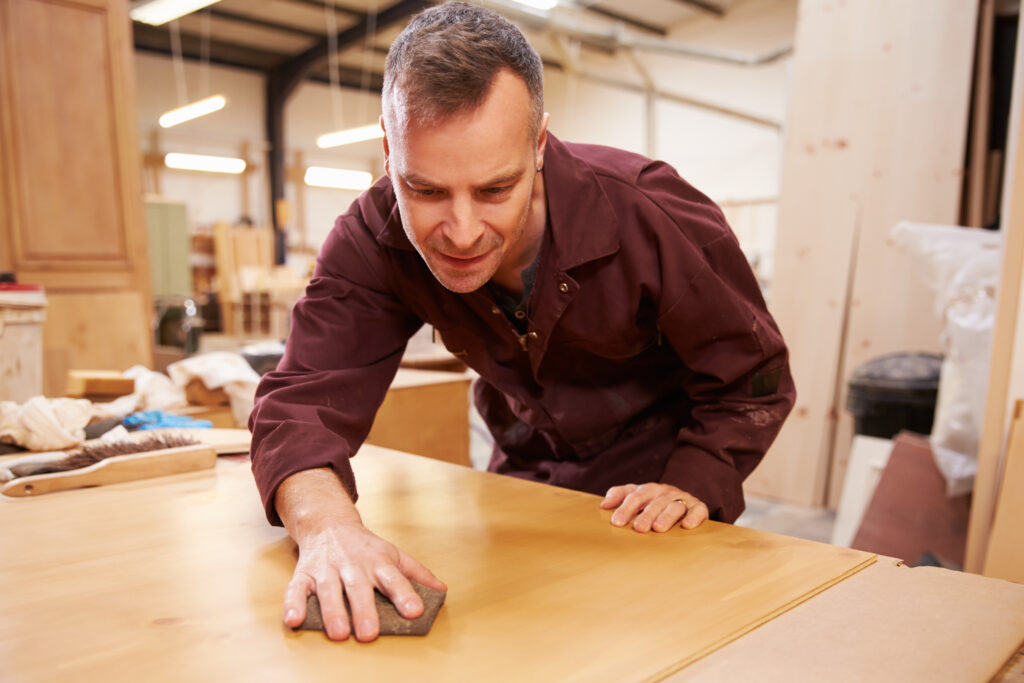

Oil-Based Finishes: Around for hundreds of years, oil-based finishes bring out the natural beauty of the wood, penetrating deeper, leaving a natural, rich finish as it nourishes the wood. These finishes, such as linseed oil or tung oil, allow for some protection against moisture if topped with a wax finish. Oil finishes are easy to maintain and refresh, when needed, but may be more susceptible to every day wear and tear if placed in high trafficked areas.
Catalyzed Finishes: Catalyzed Finishes, also known as Catalyzed Conversion Varnish, is a mixture of resin, pigment and solvent widely used due to its ease of maintenance. It provides an added level of protection, utilizing heat and moisture resistant characteristics to create a durable finish while enhancing the appearance of stained wood.
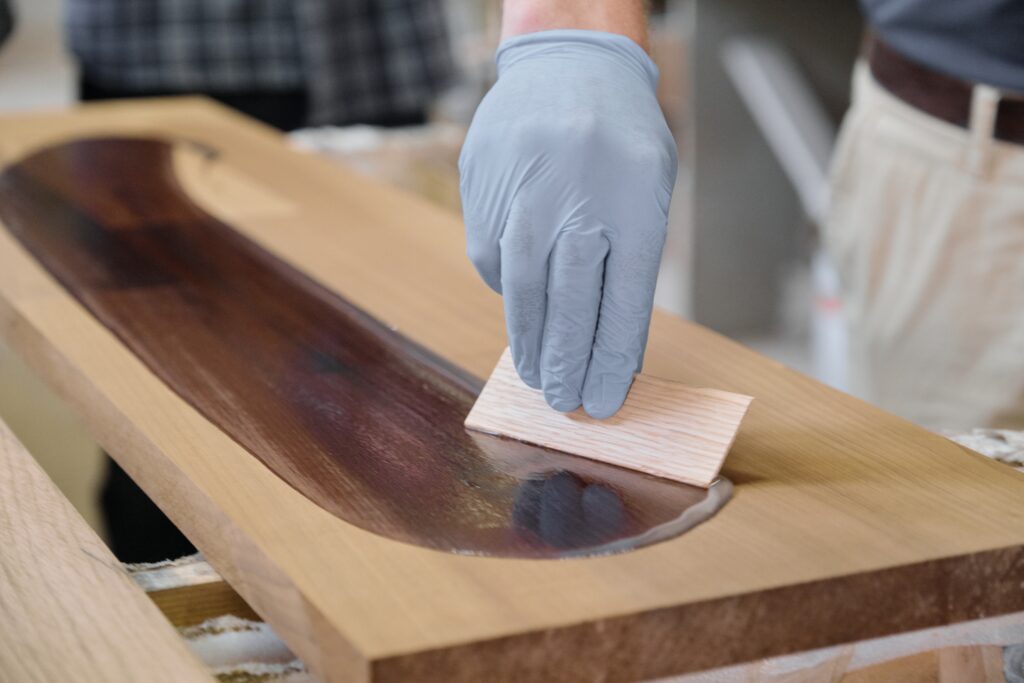
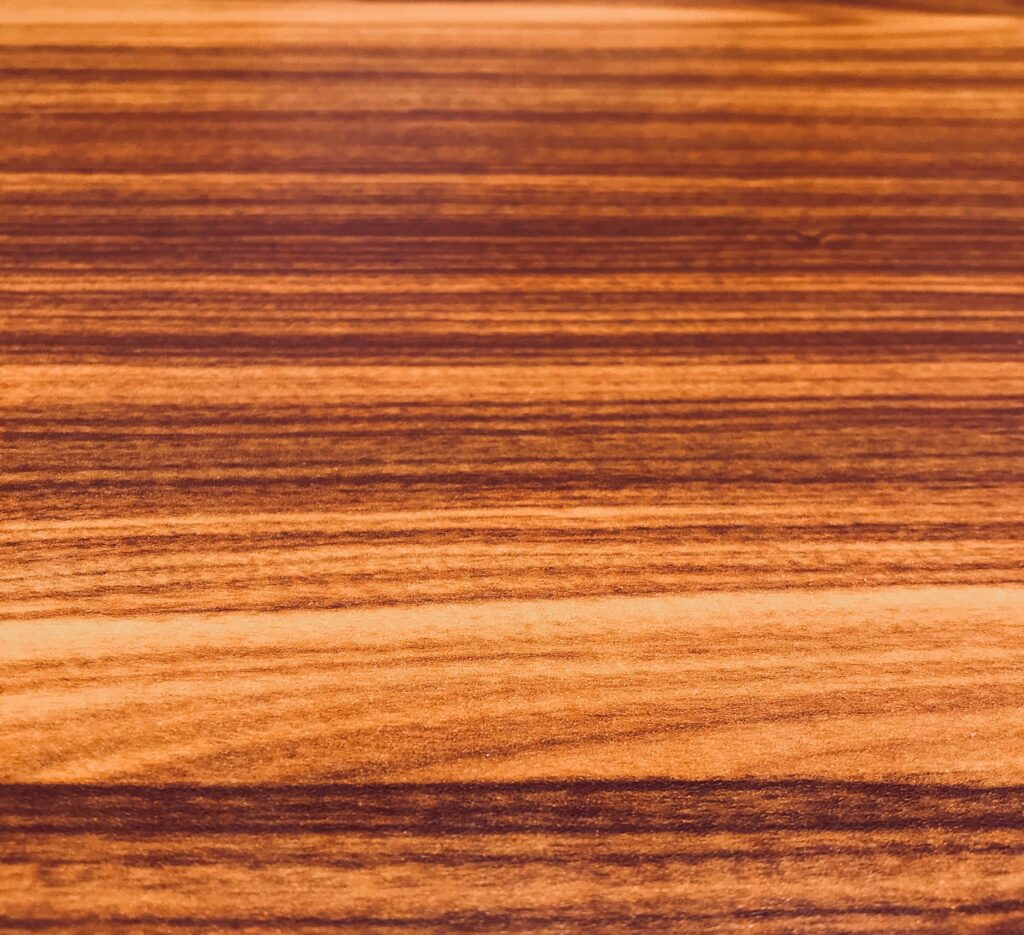
Varnishes: Naturally water, heat and ultraviolet resistant, varnishes are a mixture of resin, oil and solvent. They remain flexible and attentive to the natural movement of wood, which expands and contracts when temperature and humidity levels fluctuate. Varnish tends to appear closer to a hand-rubbed look and is available in a variety of sheens from matte to gloss.
Shellac: Derived from the resin secreted by the lac beetle combined with an alcohol solvent, shellac adds a warm color to the wood while providing a glossy, hard top coat. Shellac will make the piece both durable and water resistant but is subject to damage from certain heat and alcohol based liquids.

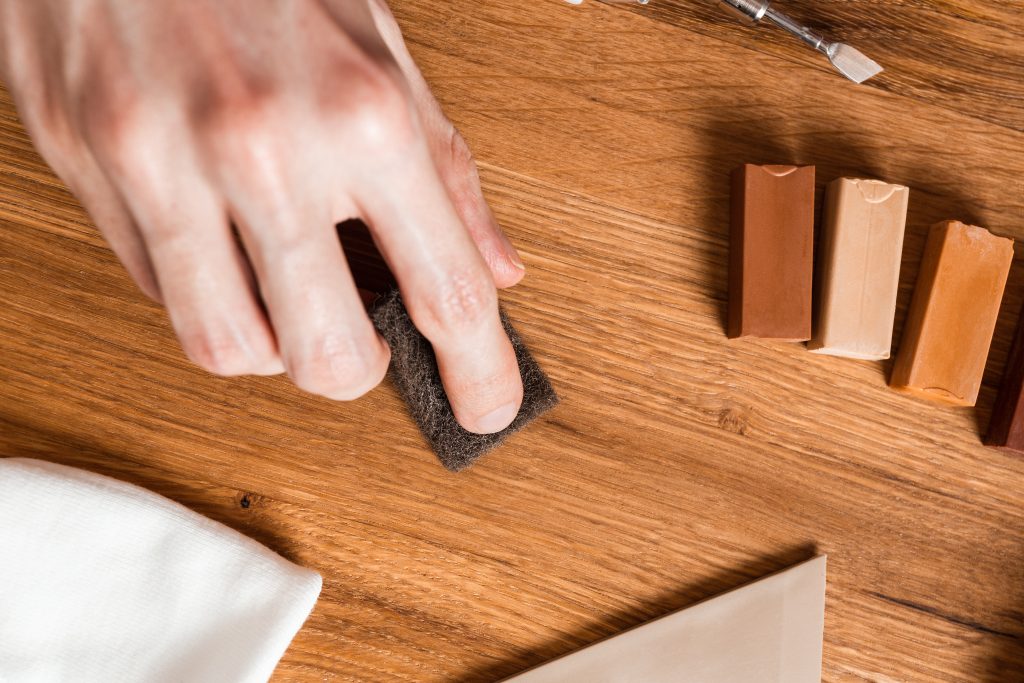
Wax: Wax, if applied alone, is best used for finishing a piece that will not be exposed to excessive wear and tear. While adding a protective coating on top of the wood, wax only lends a brief moment in which to clean up spills and does not protect furniture from heat, scratches and dents. It is, however, the best choice in finish to help enhance the natural grain and pores of the wood while preserving its natural color without oxidation. Wax is often used in conjunction with other durable finishes, such as shellac, making it easier to clean and reducing possible damage.
Are there regional preferences or traditional choices of wood in different Amish communities for furniture production?
Regional preferences in types of wood used in Amish furniture in different Amish communities exists. Commonly used woods in Amish furniture may vary by region due to the availability of certain varieties of wood. For example, Amish communities in colder states have more hardwood forests available which allows them to use other varieties of wood for Amish furniture not seen in warmer states. While the traditional wood options in Amish furniture are red oak, quarter sawn white oak, cherry, maple, hickory, and walnut the colder regions produce furniture with less common woods such as ash or beech. Since oak is very common throughout the Appalachian Mountains, Amish communities in this area will utilize this traditional wood option in Amish furniture. Cherry, hickory, and maple are typically available in the eastern states making them the popular variety of wood for Amish furniture in that region. Ultimately, customers can purchase any of these traditional wood options in Amish furniture, but it could come from a different region. Wood preferences in Amish furniture craftsmanship also influence furniture production. Individual craftsmen may prefer to work with a certain Amish furniture wood option. The types of wood used in Amish furniture may vary by region and craftsman, but the quality and durability will remain.
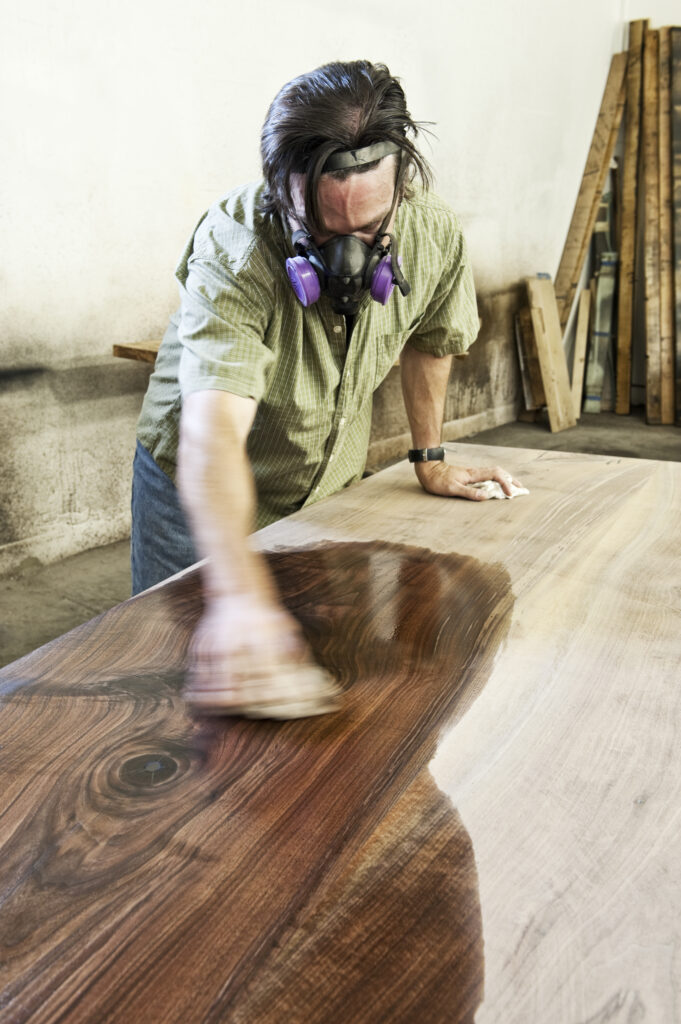
Do different wood species used in Amish furniture contribute to variations in price or availability?

Traditional wood options in Amish furniture include red oak, quarter sawn white oak, cherry, maple, hickory, walnut, and elm. These commonly used woods in Amish furniture vary by price and availability. Factors that influence the price include how hard it is to work with the wood species, availability, demand, and the price of sourcing the wood. Considering a budget when making a wood selection in Amish furniture making is important due to the price differences in wood species. The lowest priced woods among the Amish furniture wood options are red oak and brown maple. Rustic varieties of these woods which include knot holes, distress cracks, and blemishes are approximately 10 to 15 percent more than oak. Quarter sawn white oak, cherry, hickory, and maple can be as much as 30 to 40 percent more than oak. Factors that influence availability includes customer demand as well as availability of the wood by region. Since sourcing locally and supporting the community is important to the Amish community, it may take more effort to find certain varieties of wood for Amish furniture.
Are there any special care or maintenance considerations for different wood types used in Amish furniture?
Amish furniture and solid wood furniture is built to last, but there are several maintenance considerations to remember. The traditional wood options in Amish furniture such as red oak, quarter sawn white oak, cherry, maple, hickory, walnut, and elm are all considered to be very durable woods. All these woods require regular dusting, and it is best clean any water spills right away to avoid staining. Some of the lighter varieties of wood for Amish furniture such as maple may require a mild wood cleaner that is silicone free in order to maintain its appearance. These lighter woods may also scratch easier which is why it is important to protect the furniture with fabric, mats, or protective pads when placing items on them. Varieties of wood for Amish furniture can also be sensitive to humidity. Checking the humidity of the place where this furniture will live is an importance maintenance step. Lastly, sunlight exposure can cause any of the traditional wood options in Amish furniture to fade. Keeping furniture out of direct sunlight and away from heat sources will ensure the wood does not split.

Are there certain wood species that are more suitable for specific types of Amish furniture, such as chairs, tables, or cabinets?

The types of wood used in Amish furniture can sometimes depend on the type of furniture piece. While all the traditional wood options in Amish furniture are considered durable, some choices may be more suitable for specific types of furniture such as chairs, tables, and cabinets. Wood selection in Amish furniture making is heavily dependent on the functionality of the piece. Traditional wood options in Amish furniture typically consist of hardwoods. These popular hardwoods in Amish furniture include red oak, quarter sawn white oak, cherry, maple, hickory, walnut, and elm. While all of these are hardwoods known for durability, some may be prone to more scratches and breakdown. Oak is a great choice for any Amish furniture, but especially chairs because it will hold weight with frequent use. Commonly used woods in Amish furniture dining sets include oak, cherry, and walnut. Cabinets are constantly opened and closed which means a wood less prone to scratches like oak and cherry is ideal. Any of these hardwoods can be used for various furniture pieces, but customers must consider which variety of wood for Amish furniture fits their desires.
How does the choice of wood in Amish furniture reflect the commitment to sustainable and eco-friendly practices?
Wood preferences in Amish furniture craftmanship often relates back to their commitment to sustainable and eco-friendly practices. Local sourcing takes priority when selecting Amish furniture wood options. In turn, long distance transportation is significantly reduced, lessening carbon emissions. Sourcing traditional wood options for Amish furniture locally also contributes positively to local businesses stimulating the economy. With great attention to detail and incredible craftsmanship, Amish furniture lasts longer than mass produced furniture making it more sustainable. With the use of natural finishes instead of harmful chemicals, less pollutants are released into the air. Sustainability and eco-friendly practices are very important for wood selection in Amish furniture making.
